Angelonia Flowers: The Easycare Summer Bloomer That Will Fill Your Garden With Color
Title: Angelonia Flowers: The Easy-Care Summer Bloomer That Will Fill Your Garden With Color
Introduction:
Angelonia flowers are a beautiful and easy-care addition to any garden. They are known for their long blooming period, which can last from late spring to early fall. Angelonia flowers come in a variety of colors, including white, pink, purple, blue, and red. They are also a great choice for pollinator gardens, as they attract bees, butterflies, and hummingbirds.
In this blog post, we will discuss the basics of growing angelonia flowers. We will cover topics such as choosing the right variety, planting, watering, fertilizing, and deadheading. We will also provide some tips for troubleshooting common problems.
Main Content:
Choosing the Right Variety
There are many different varieties of angelonia flowers available, so it is important to choose the right one for your garden. Some factors to consider when choosing a variety include:
- Hardiness zone: Angelonia flowers are hardy in USDA zones 9-11. If you live in a colder climate, you may need to grow them as an annual.
- Height: Angelonia flowers come in a variety of heights, from 6 inches to 2 feet. Choose a variety that will fit the space you have available.
- Color: Angelonia flowers come in a variety of colors, so you can choose one that will complement your other plants.
- Bloom time: Angelonia flowers bloom for a long period of time, but some varieties bloom for longer than others. Choose a variety that will bloom during the time of year you want it to.
Planting
Angelonia flowers can be planted in the spring or fall. They prefer full sun, but they can also tolerate partial shade. Angelonia flowers are not very demanding in terms of soil, but they do prefer well-drained soil.
When planting angelonia flowers, space them 12-18 inches apart. Water them well after planting, and then water them regularly throughout the growing season.
Watering
Angelonia flowers need regular watering, especially during hot, dry weather. Water them deeply so that the water reaches the roots.
Fertilizing
Angelonia flowers do not need to be fertilized often. A light application of fertilizer every few months is usually sufficient.
Deadheading
Angelonia flowers do not require deadheading. However, if you want to keep them blooming for as long as possible, you can deadhead them by removing the spent flowers.
Troubleshooting
Common Problems:
- Leaf Spot: Leaf spot is a fungal disease that can cause brown or black spots on the leaves of angelonia flowers. To treat leaf spot, remove the affected leaves and treat the plant with a fungicide.
- Aphids: Aphids are small, sucking insects that can damage angelonia flowers. To control aphids, spray the plants with insecticidal soap or neem oil.
- Spider Mites: Spider mites are tiny, spider-like insects that can also damage angelonia flowers. To control spider mites, spray the plants with insecticidal soap or neem oil.
Conclusion:
Angelonia flowers are a beautiful and easy-care addition to any garden. They are a great choice for pollinator gardens, and they can add a splash of color to your landscape for months on end. With a little care, angelonia flowers will thrive in your garden for many years to come.
Angelonia flowers are a beautiful addition to any garden. They come in a variety of colors, including blue, pink, purple, and white. Angelonias are also relatively easy to care for, making them a great choice for beginner gardeners.
If you're interested in learning more about angelonia flowers, I recommend visiting Garden Wiki. This website has a wealth of information on angelonias, including care tips, planting instructions, and varieties.
FAQ of angelonia flowers
- What are angelonia flowers?
Angelonia flowers are also known as summer snapdragons. They are annuals that are native to tropical America. Angelonia flowers have spiky, tubular blooms that come in a variety of colors, including blue, pink, white, and purple. They are popular garden flowers because they are easy to care for and attract hummingbirds and butterflies.
- How do I grow angelonia flowers?
Angelonia flowers are easy to grow from seed or from transplants. They prefer full sun and well-drained soil. Water angelonia flowers regularly, but do not overwater them. They are relatively drought-tolerant once established. Angelonia flowers are also relatively pest- and disease-resistant.
What are some tips for caring for angelonia flowers?
Pinch back the tips of angelonia flowers regularly to encourage bushier growth.
Deadhead spent blooms to encourage new blooms.
Fertilize angelonia flowers every few weeks with a balanced fertilizer.
Bring angelonia flowers indoors if the temperature drops below 50 degrees Fahrenheit.
What are some common problems with angelonia flowers?
Aphids: Aphids are small, sap-sucking insects that can infest angelonia flowers. They can be controlled with insecticidal soap or neem oil.
Whiteflies: Whiteflies are small, white insects that can also infest angelonia flowers. They can be controlled with insecticidal soap or neem oil.
Powdery mildew: Powdery mildew is a fungal disease that can cause angelonia flowers to develop a white, powdery coating. It can be controlled by watering angelonia flowers in the morning so that the leaves have time to dry before nightfall.
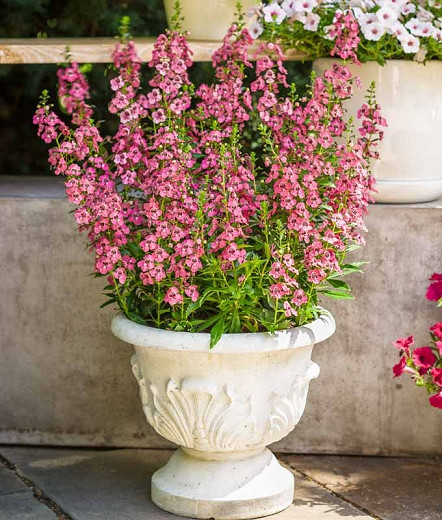
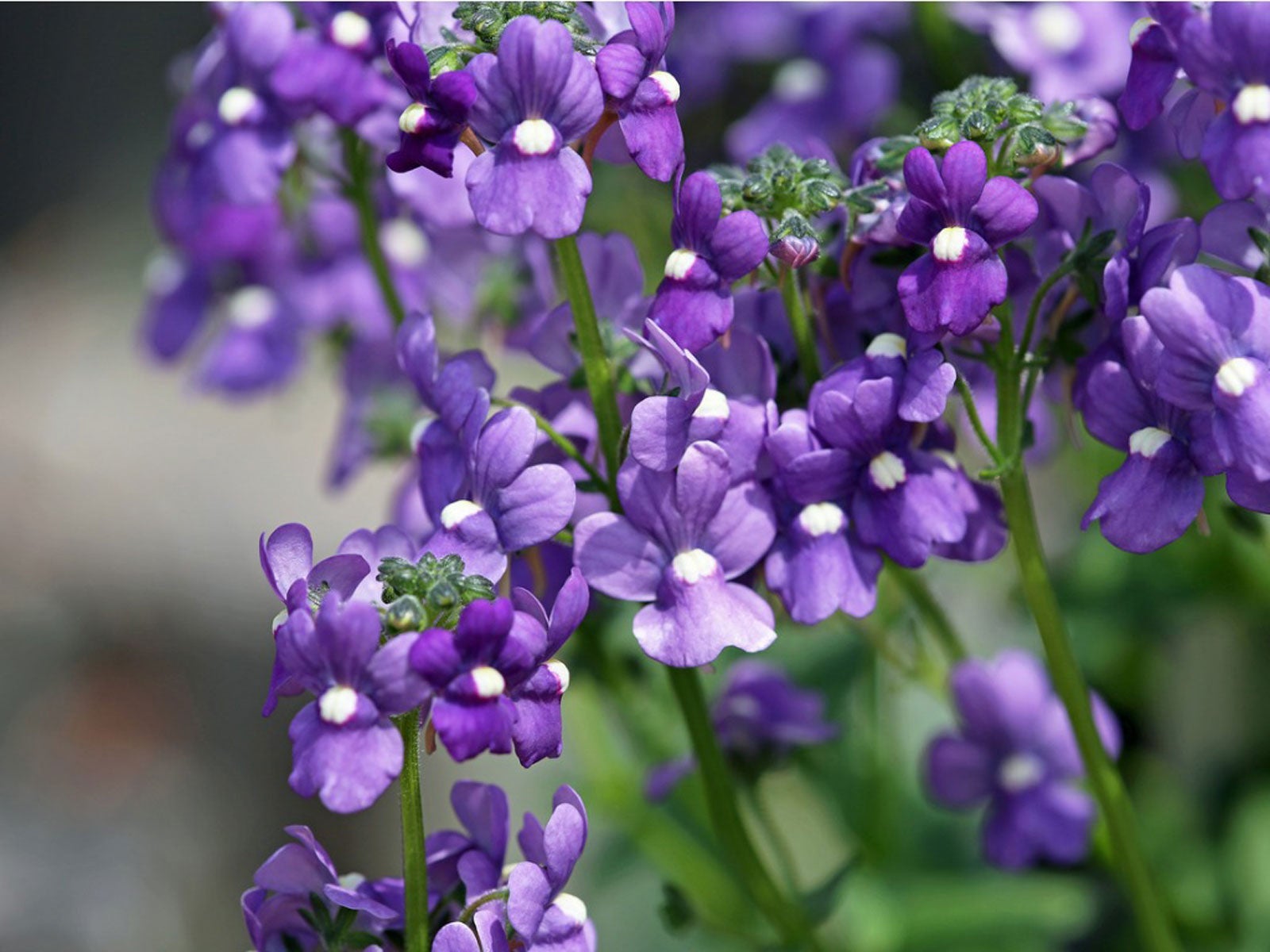

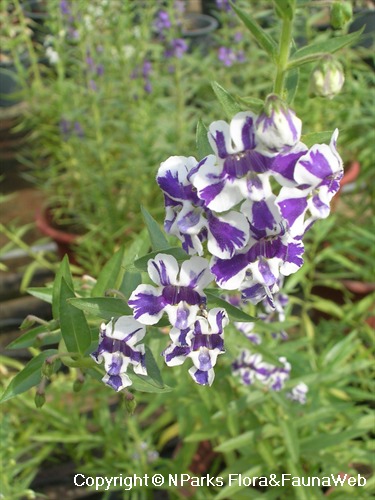
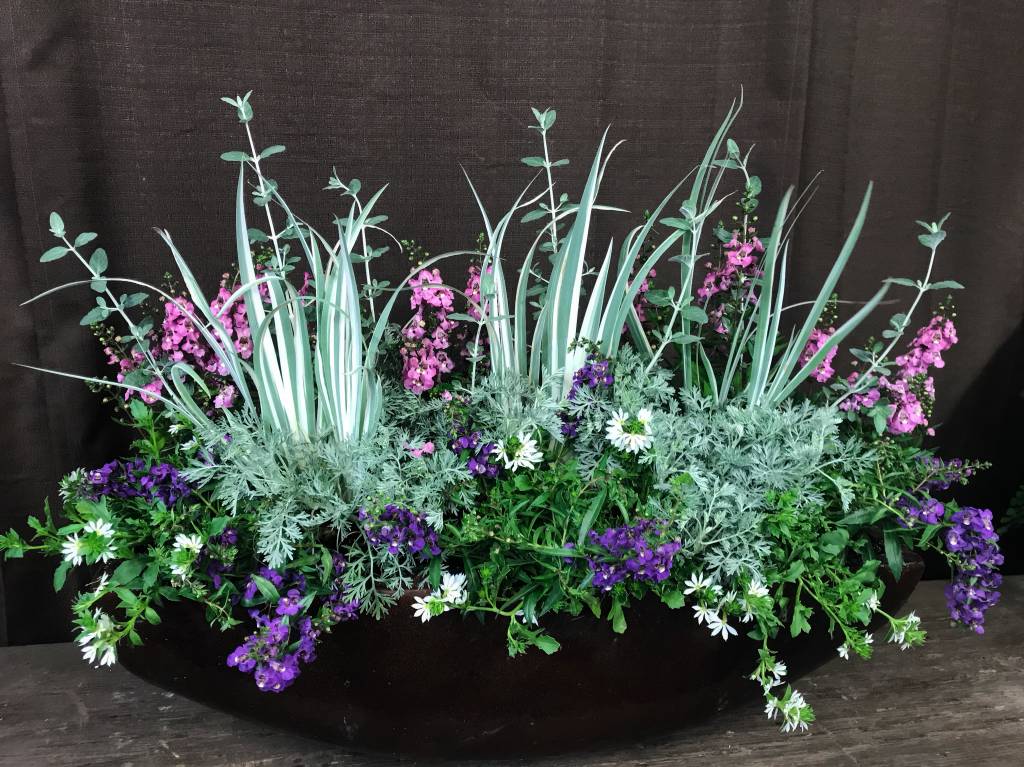
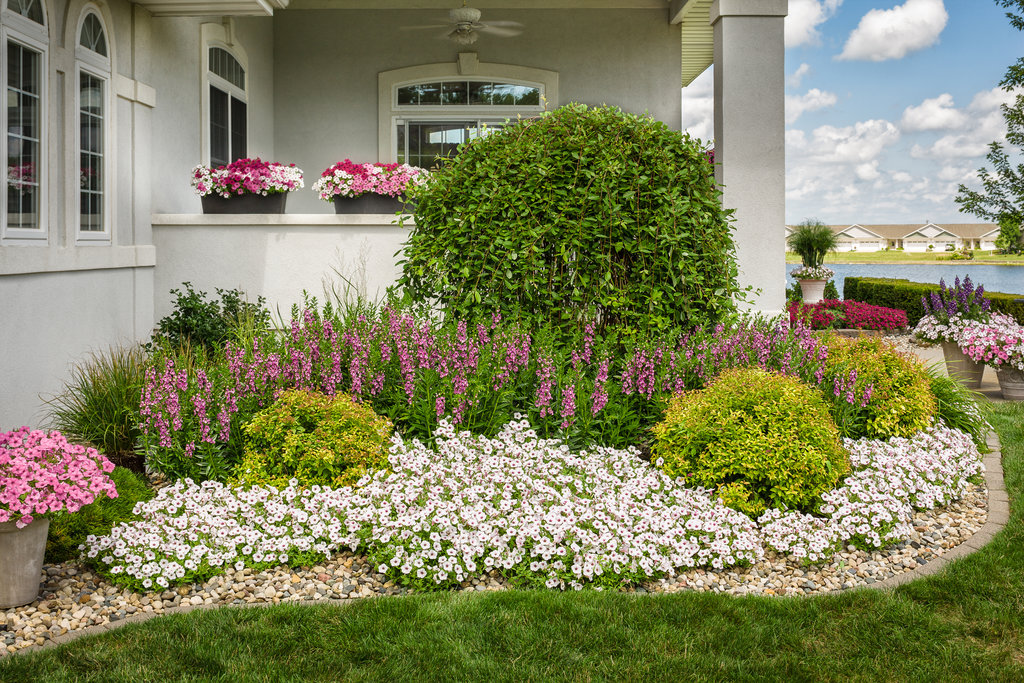
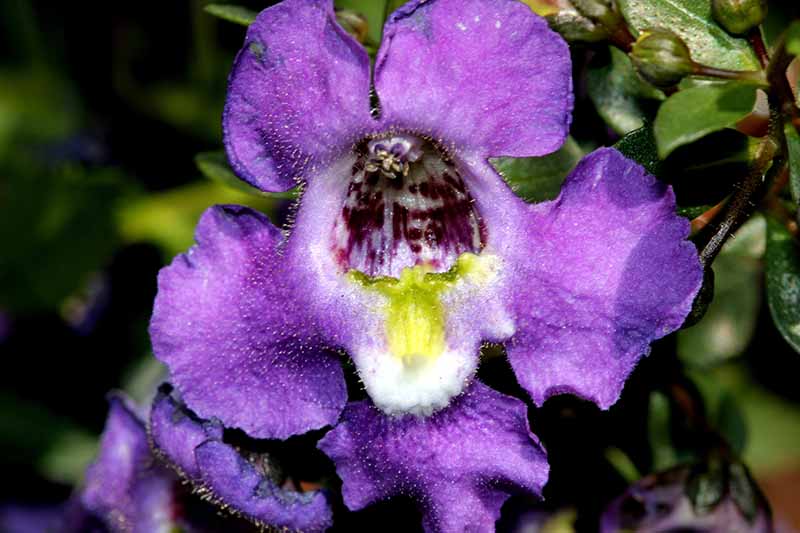
Post a Comment for "Angelonia Flowers: The Easycare Summer Bloomer That Will Fill Your Garden With Color"